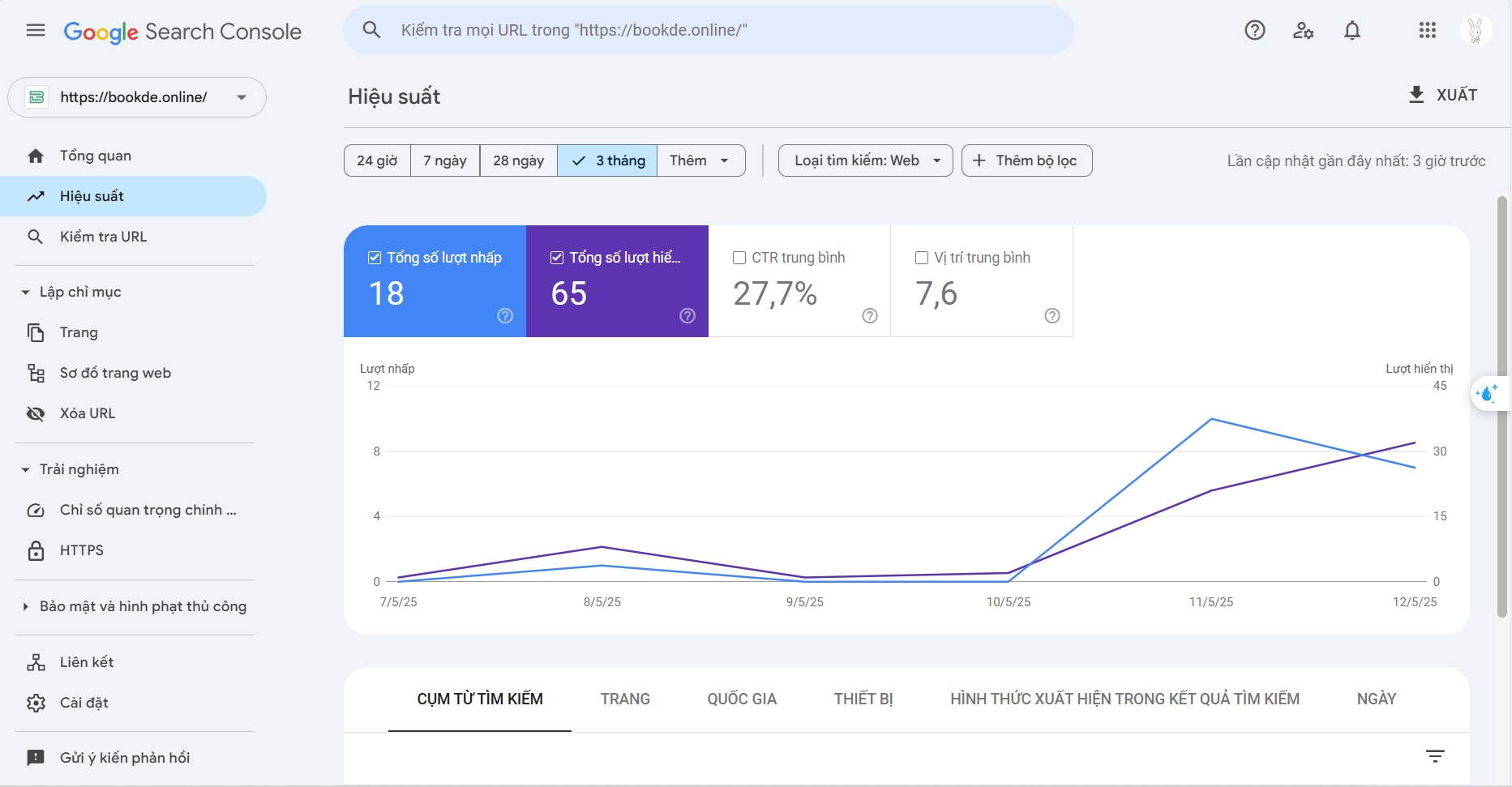Handy Tips to Optimize SEO for Your Website
In today's fiercely competitive online world, it's crucial for your website to appear high in search engine results pages (SERPs) like Google. Search engine optimization (SEO) not only helps increase organic traffic but also enhances credibility and the ability to reach potential customers. However, SEO is not a one-time task. It requires persistence and the application of smart tips. Let's explore some handy "secrets" to optimize SEO for your website today!
1. "Standard" Keyword Research: The Foundation of SEO
Before starting any optimization activities, you need to clearly understand what your potential customers are searching for. Keyword research is the process of identifying the words and phrases that users use when looking for information related to your products, services, or content.
- Use keyword research tools: Google Keyword Planner, Ahrefs, SEMrush, Moz Keyword Explorer...
- Search for long-tail keywords: These longer and more specific keyword phrases often have less competition and target the right audience more accurately. For example, instead of "Hanoi hotel," target "cheap hotels in Hanoi Old Quarter for families."
- Analyze competitors: Consider the keywords that your competitors are using effectively.
2. Optimize "Quality" Content: Content is Still King
Google and other search engines always prioritize websites that provide quality, useful, and unique content for users.
- Create valuable content: Focus on solving problems, providing in-depth information, or delivering real value to readers.
- Use keywords naturally: Integrate researched keywords into titles, heading tags (H1, H2,...), the first paragraph, and throughout the content naturally, avoiding keyword stuffing.
- Format content for readability: Use short paragraphs, bullet points, images, and videos to make the content easier to absorb and more engaging.
- Update content regularly: Keep your website fresh by creating new content and updating old content.
3. On-Page Optimization "Inside Out": Taking Care of Every Detail
On-Page optimization is the process of optimizing the elements directly on your website to improve search rankings.
- Title Tag: Write compelling page titles that contain the main keyword and are of an appropriate length (around 50-60 characters).
- Meta Description: Create a short (around 150-160 characters) description that summarizes the page content and encourages users to click.
- Heading Tags (H1-H6): Use heading tags to structure content, with the H1 tag containing the main keyword of the page.
- SEO-friendly URL: Use short, easy-to-read URLs that contain relevant keywords. For example: https://bookde.online/vi/blog/meo-vat-bo-tui-de-toi-uu-seo-cho-trang-web-cua-ban
- Alt Text for Images: Describe images with text containing relevant keywords to help search engines understand the image content.
- Internal Linking: Link related pages on your website to increase connectivity and help search engines discover content more easily.
4. Off-Page Optimization "External Power": Building Credibility
Off-Page optimization involves activities you perform outside your website to build credibility and increase trust in the eyes of search engines.
- Build Quality Links (Link Building): Get links from reputable and relevant websites in your industry.
- Social Media Activity: Share your content on social media platforms to increase visibility and attract interaction.
- Brand Building: Enhance brand recognition through PR, marketing, and online community engagement activities.
- Online Reviews and Comments: Encourage customers to leave positive reviews on reputable review platforms.
5. User Experience (UX) Optimization: "Keeping" Customers
Google increasingly focuses on user experience when ranking websites. A website with good UX will keep users engaged longer, reduce bounce rates, and increase conversion potential.
- Fast Page Loading Speed: Optimize images, use caching, and choose quality hosting to improve page loading speed.
- Mobile-friendly Design: Ensure your website displays well on all types of devices.
- Easy Navigation: Clear menus and a logical website structure help users easily find information.
- Interactivity: Use interactive elements such as clear call-to-action buttons and easy-to-use contact forms.
6. Monitor and Analyze SEO Performance: "Measuring" for Improvement
SEO is an ongoing process. You need to monitor and analyze the effectiveness of your SEO activities to know what's working well and what needs improvement.
- Use Google Analytics: Track traffic, user behavior, bounce rate, time on page, etc.
- Use Google Search Console: Monitor search performance, crawl errors, displayed keywords, etc.
- Adjust SEO Strategy: Based on the analyzed data, adjust your SEO strategy to achieve better results.

Conclusion:
Optimizing SEO is a long-term journey but absolutely necessary for your website to grow sustainably and reach more potential customers. By applying these handy tips persistently and intelligently, you will gradually improve search rankings, increase traffic, and achieve your business goals. Good luck on your journey to conquering the peak of SEO!
